Please check out our recent publications and news to learn more about our ongoing projects.
Next-Generation Wireless Networks and Systems
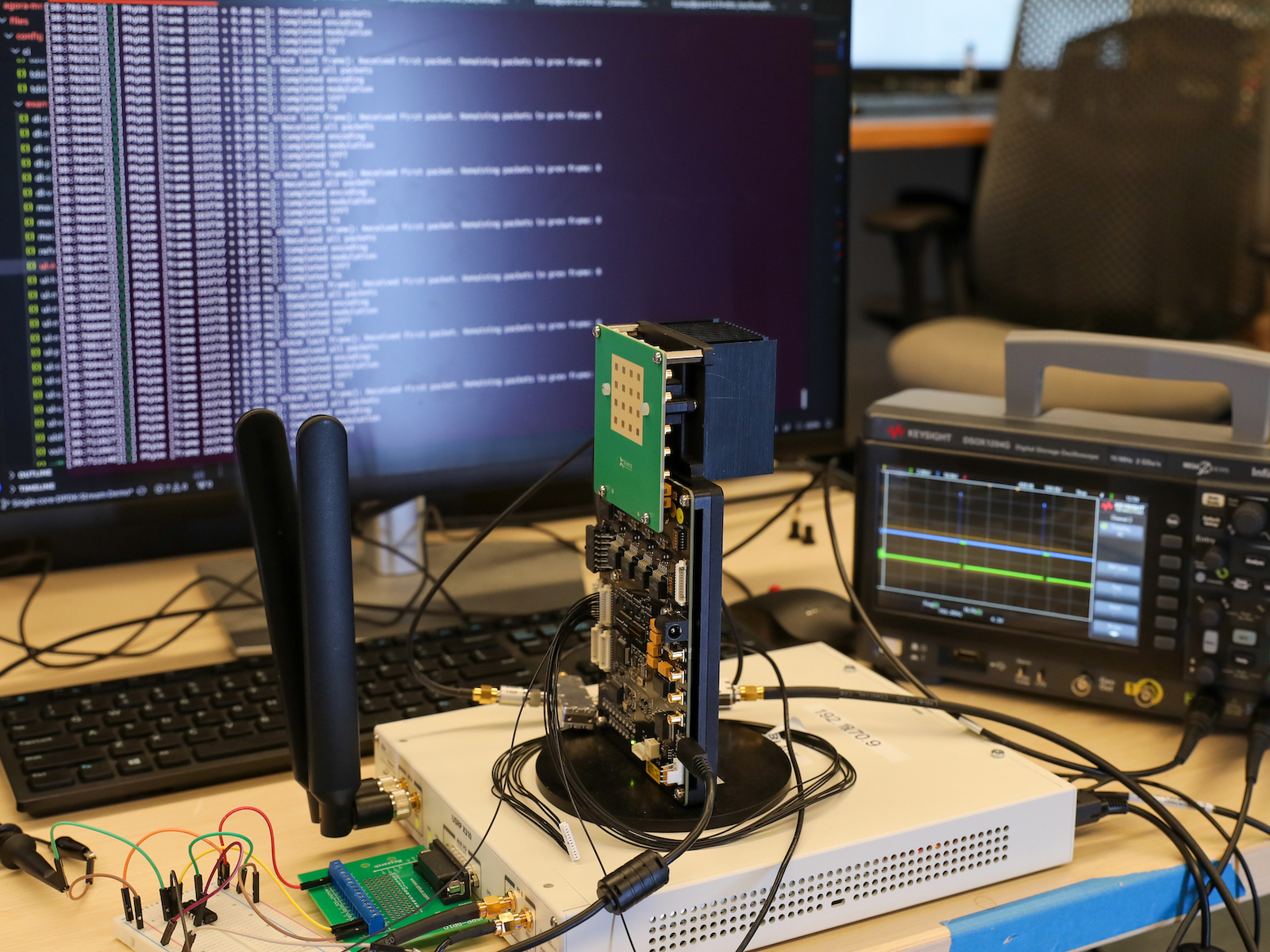
Future wireless networks will support Gbps+ data rates and sub-millisecond latency, enabling a broad range of real-time applications including AR/VR/XR, autonomous driving, and smart cities. Bringing these networks to reality requires significant research across all networking layers. Our research focuses on both the theoretical and experimental aspects of a wide range of enabling technologies including millimeter-wave communications, massive-antenna systems, optical-wireless communications, integrated communication and sensing, and edge computing. We design practical and efficient algorithms, evaluated using customized prototypes and real-world testbeds (such as the NSF-funded PAWR COSMOS Platform).
AI/ML-enabled Wireless and Optical Networking
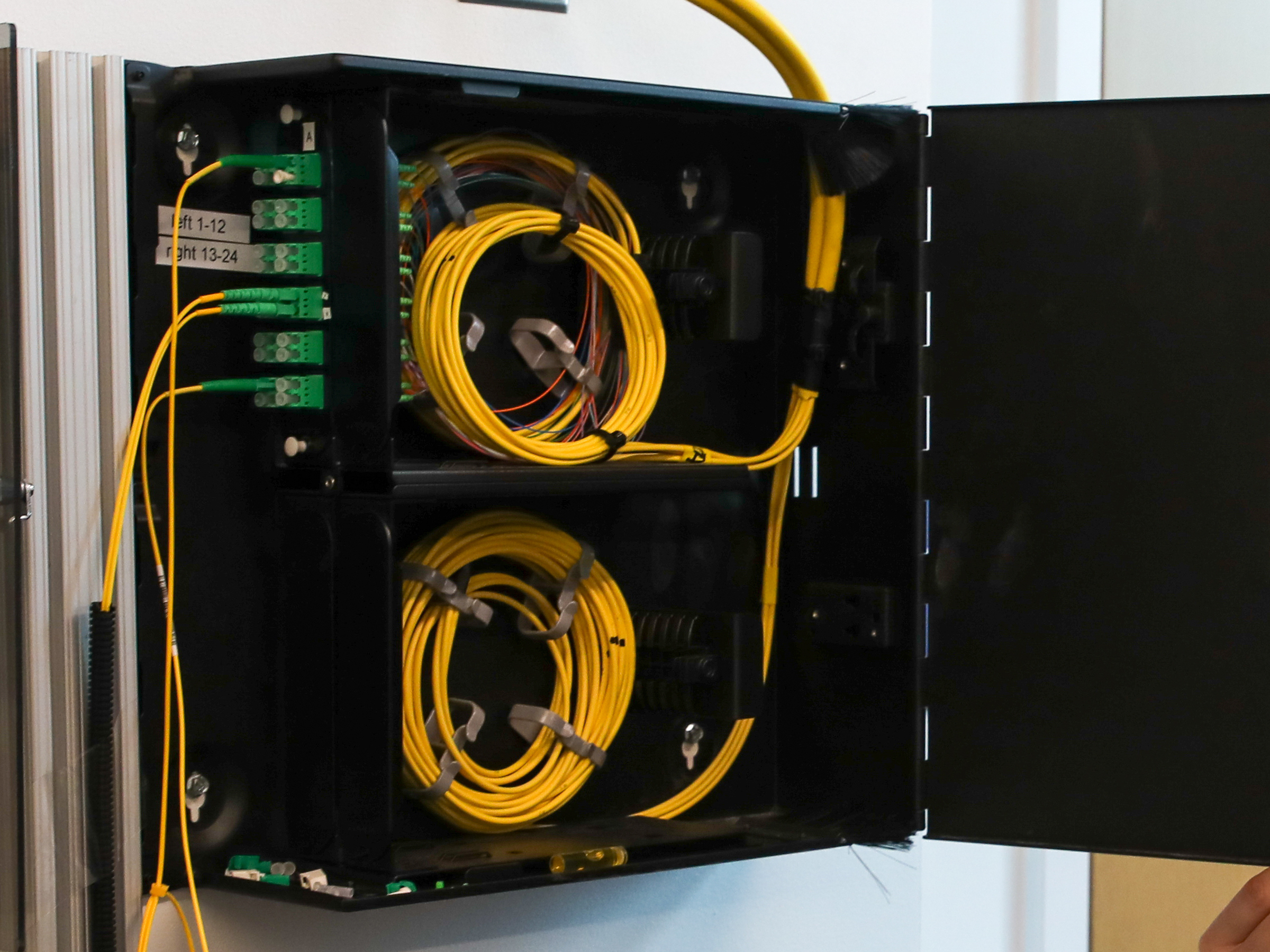
As we are embracing 5G and beyond-5G mobile networks, their network infrastructures are in need of a revolution in order to fulfill the massive computation needs, increasing hardware and software complexities, and the large volume of cross-domain data. By leveraging the ongoing revolution in machine intelligence, our research focuses on AI- and ML-powered wireless and optical networking, with the goal to create a new adaptable, scalable, and performance-aware mobile network infrastructure that can provide flexible services for heterogeneous use cases. We will also explore a data-driven approach to complement and augment existing algorithmic alternatives in the design of next-generation networked systems.
Spectrum Monitoring and Coexistence

The expanded spectrum usage in the 5G and beyond-5G eras inevitably calls for the coexistence of commercial services (e.g., cellular networks), non-commercial active users (e.g., weather satellite and GPS), and passive users (e.g., radio astronomy), leading to interference for both active and passive users. Our research focuses on the design of a cooperative network system for spectrum sharing and coexistence, where each receiver (RX) can detect both in-band and adjacent-band interference in real-time, identify the type and source of interference, and more importantly, react to the interference by adopting selective interferer nulling, leveraging an intelligent network control architecture and ML techniques.
Scalable Wireless Digital Twins
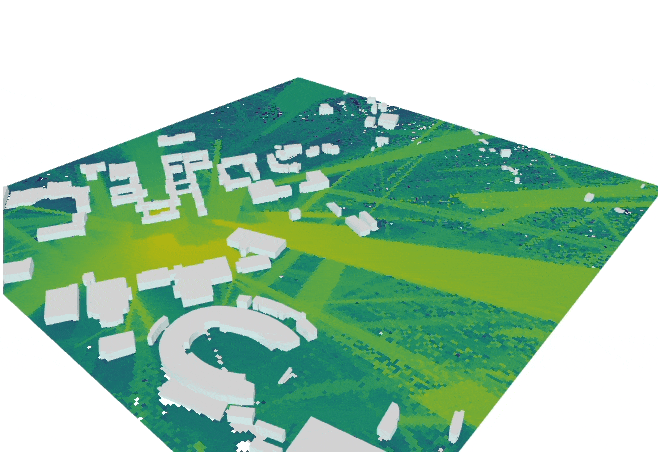
Wireless digital twins (DTs), constructed using real-world 3D scenes and ray tracing (RT) engines, provide an advanced, integrated platform for the design, modeling, and optimization of next-generation wireless networks. By integrating RT methods that accurately simulate the complex interactions of EM waves with the 3D physical world scenes comprising diverse objects, wireless DTs can also help understand signal propagation, interference, and coverage areas. We are building scalable, adaptive, physically accurate wireless DTs, as well as investigating their roles and enhancing their capabilities in future networks (e.g., 6G and O-RAN).
Prototyping, Testbed Development, and Hardware-Software Co-Design
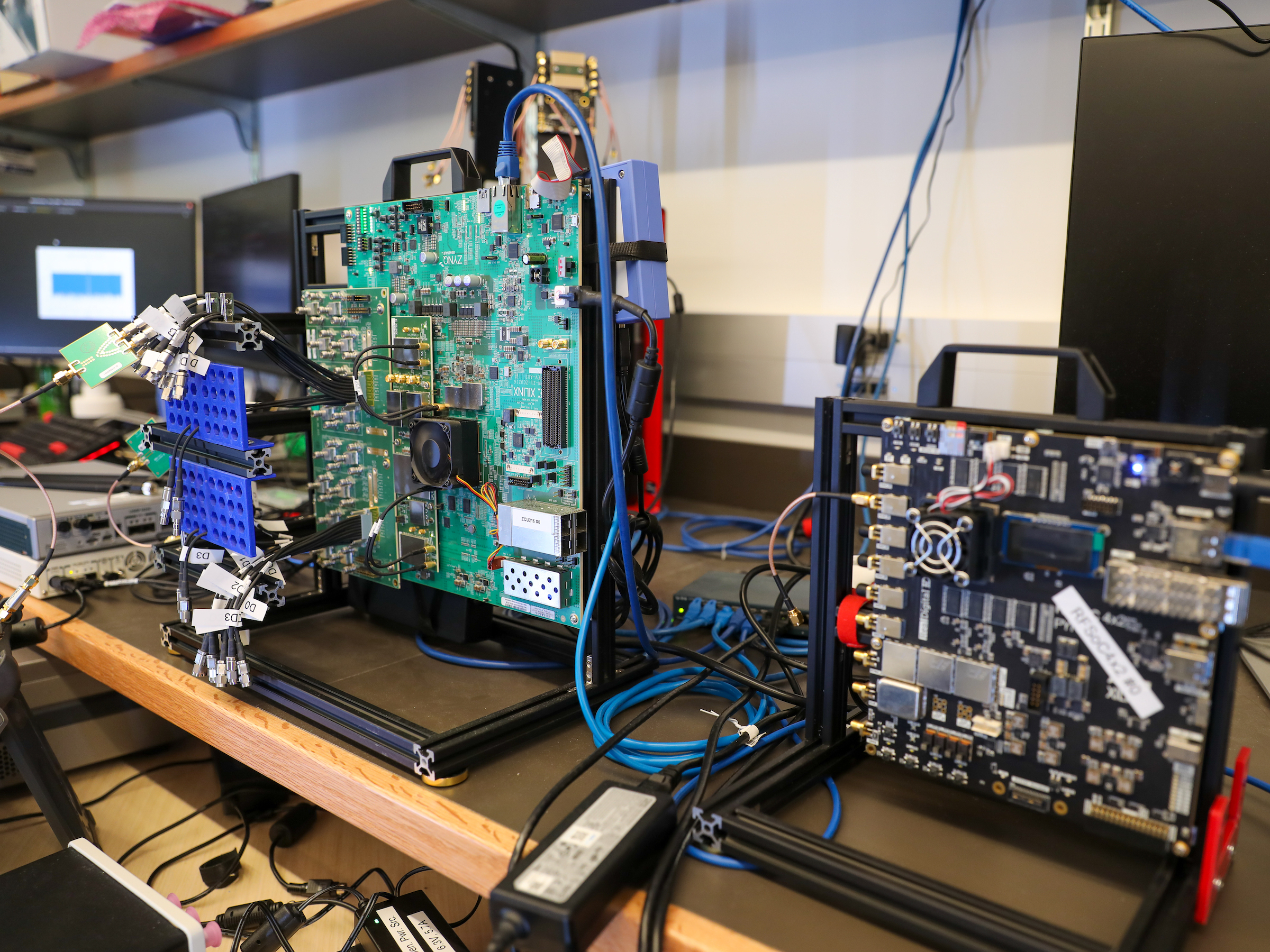
Our research projects involve extensive development of and experimentation with various hardware and software components, including the programmable software-defined radios (e.g., USRP X3xx/N3xx/X4x0 and Xilinx's Gen-3 RFSoC) with both sub-6 GHz and millimeter-wave (28/60/140 GHz) front ends, edge servers with CPUs/GPUs/ASICs, high-speed coherent transceivers, etc. Our lab is equipped with a variety of modern, cutting-edge wireless, optical, and compute hardware and measurement instruments. We also leverage a local wireless-optical testbed deployed on the Duke campus in Durham, NC, and the city-scale PAWR COSMOS Platform deployed in West Harlem, NYC, for measurements and experiments.
Analog and In-Physics Computing
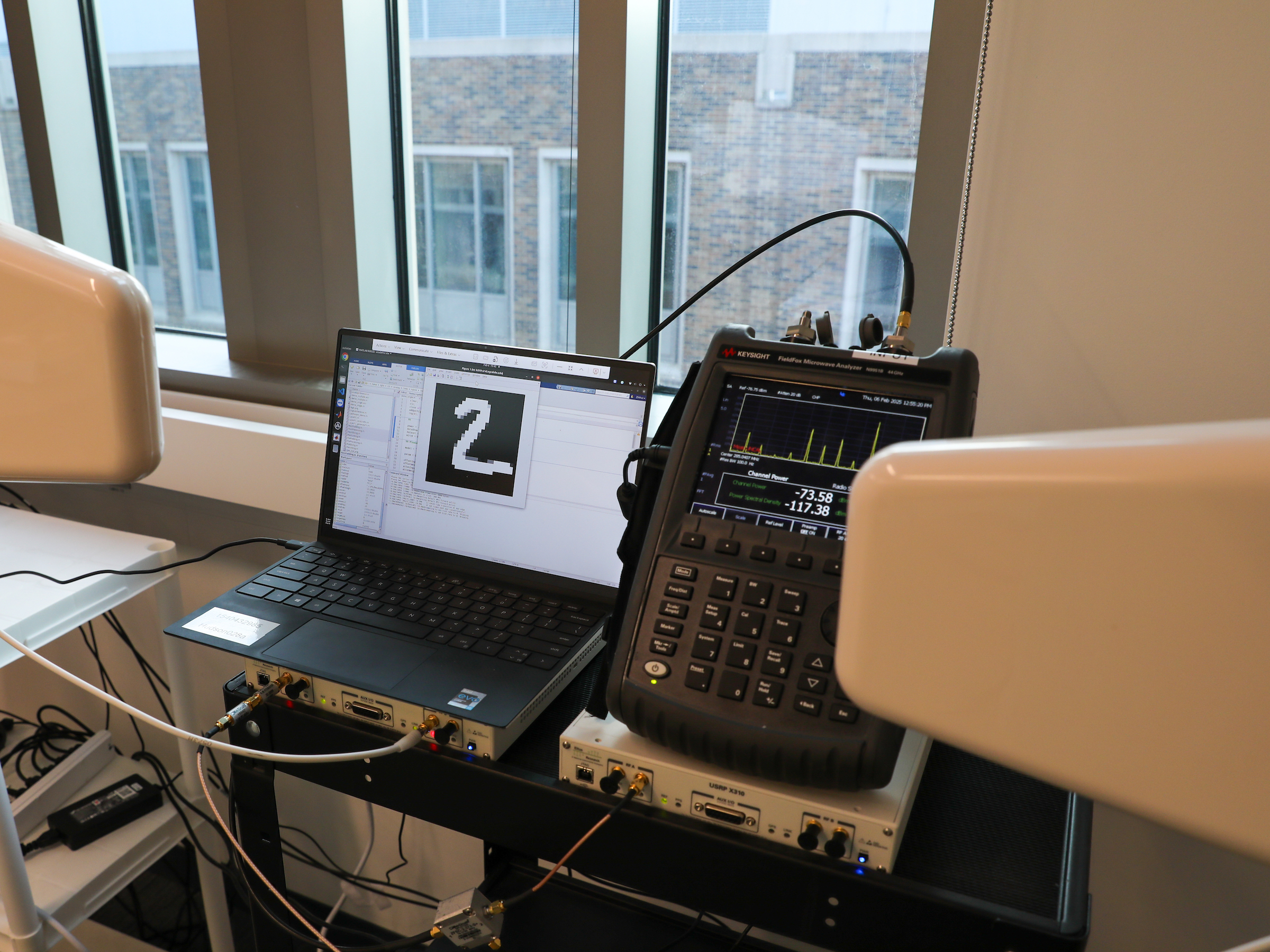
Coming soon...
Quantum Networking and Sensing
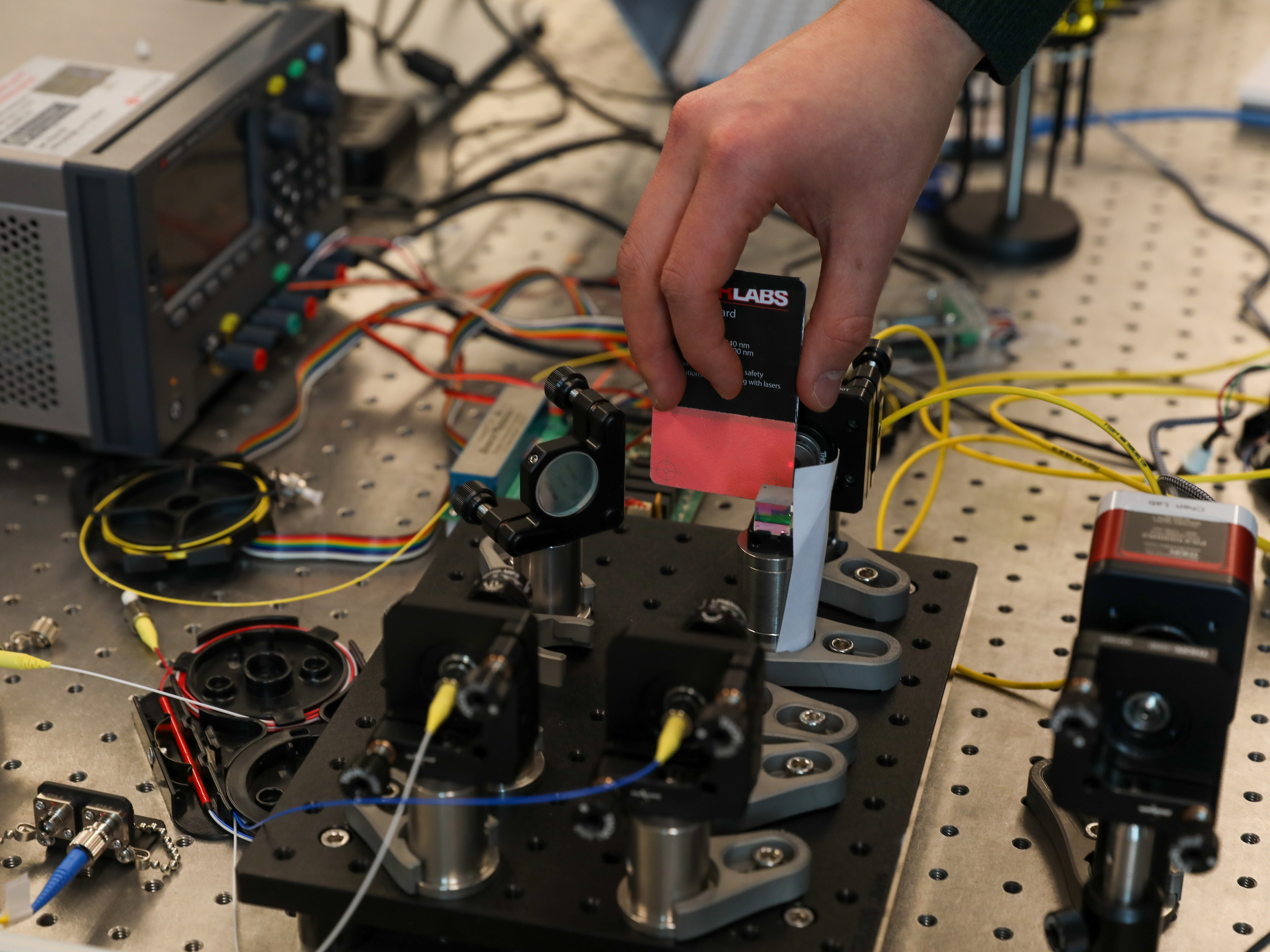
Coming soon...
Acknowledgments: Our research projects are supported in part by grants from NSF (CAREER, CC* Integration-Large, NewSpectrum, EAGER, SII-NRDZ, CISE Core, SWIFT, and Athena AI Institute for Edge Computing), ARO (W911NF2510241), SRC/DARPA JUMP 2.0 Center for Ubiquitous Connectivity (CUbiC), Duke Science & Technology Initiative and Pratt School of Engineering, as well as grants and gifts from ACM SIGMOBILE, Google, IBM, NEC Labs America, NTT, and NVIDIA. The findings, positions, or opinions of our research projects do not necessarily represent the official policy of any of these organizations.
